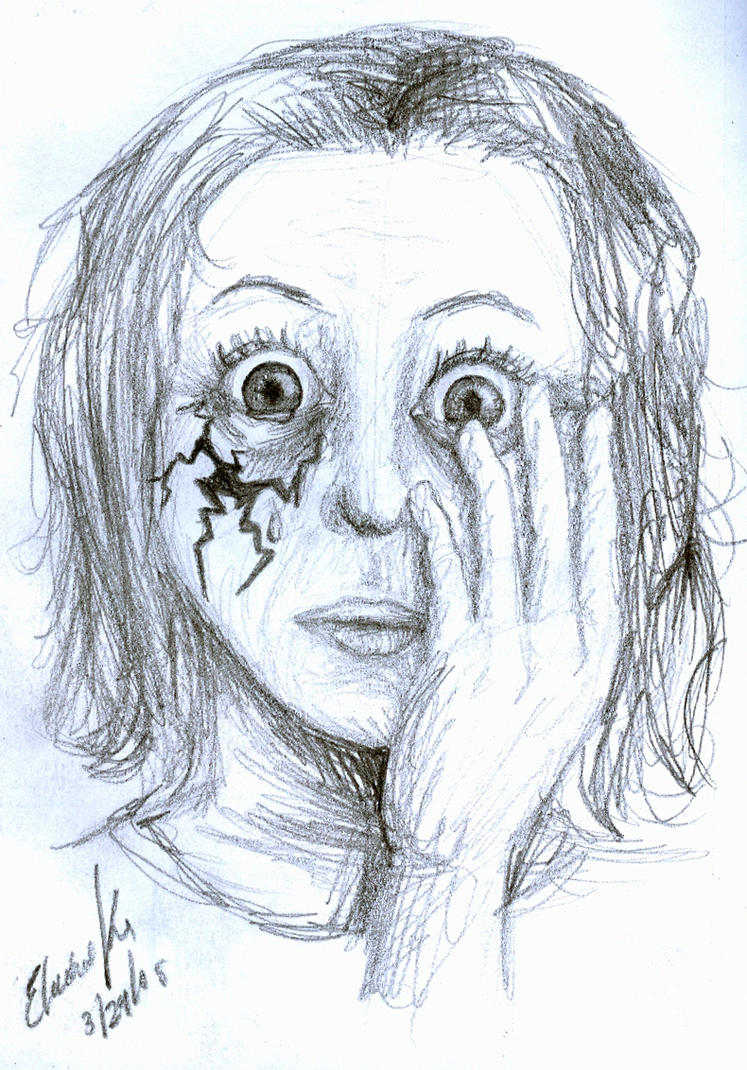Your trigeminal nerve is a cranial nerve located inside of your skull. It supplies sensation to your face as well as the ability to move your eyes. When you roll your eyes, you are using your trigeminal nerve!
When you have TN (trigeminal neuralgia), something as simple cotton swab being brushed lightly across your face can trigger a sensation of extreme pain. This pain travels from the surface of your skin to your trigeminal nerve, which carries the information (cotton swab has brushed face, here is what it feels like) to your brain. In people with TN, it seems that some kind of problem with the trigeminal nerve causes a sensation that might only cause us to sneeze or wrinkle our nose instead causes a sensation that puts us in excruciating pain.
Doctors disagree about what causes the trigeminal nerve to malfunction and cause these waves of pain. One theory is that the blood vessels near the root of the nerve are compromised in some way (by high blood pressure or build-up of gunk on the vessel walls) that reduces blood flow to the nerve, in essence starving the nerve and causing it to lose some of its protective coating (myellination). If you've ever accidentally been shocked by an electrical cord that had lost some of it's protective coating, the theory is similar. This theory is supported because there is a large amount of overlap between people with hypertension (high blood pressure) and people with TN. But why don't all people with high blood pressure get TN?
Doctors are still working on figuring out what causes TN so they can provide better treatment to patients with TN, perhaps even in time finding a cure.
Sources:
Sabalys G, Juodzbalys G, Wang HL. Aetiology and Pathogenesis of Trigeminal Neuralgia: a Comprehensive Review.
URL: http://www.ejomr.org/JOMR/archives/2012/4/e2/v3n4e2ht.pdf
doi: 10.5037/jomr.2012.3402
Trigeminal Neuralgia. Rudolph M. Krafft, MD, Northeastern Ohio Universities College of Medicine, Rootstown, Ohio. Am Fam Physician. 2008 May 1;77(9):1291-1296.


